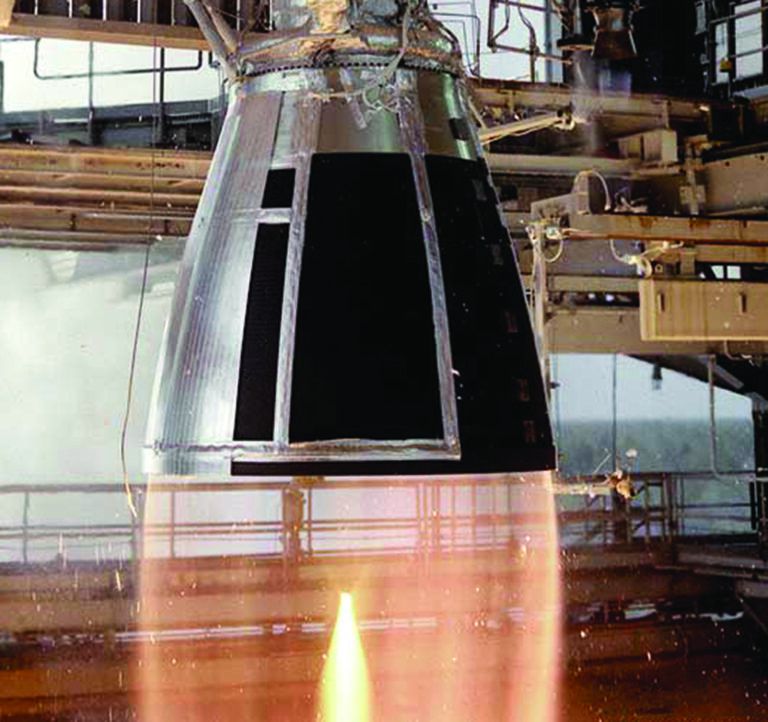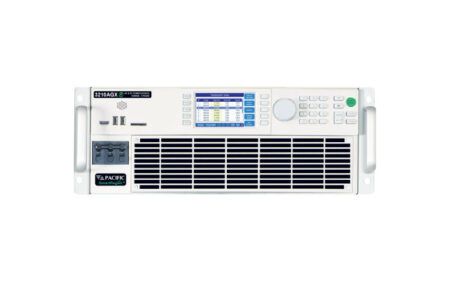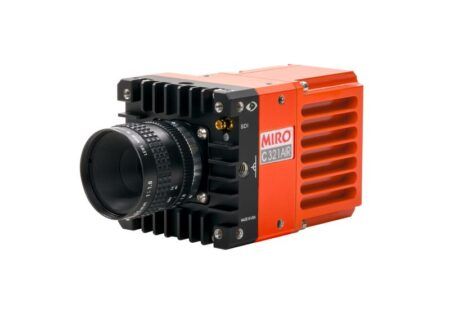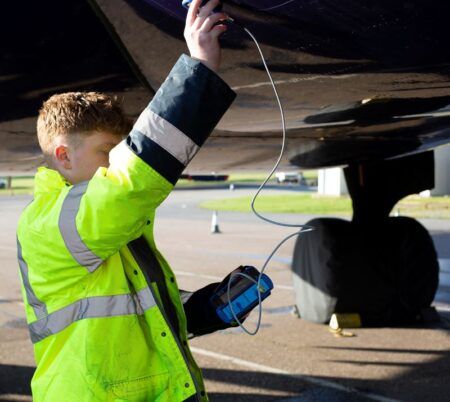When reliable data collection is a must, signal conditioning with automated verification will ensure excellent results.
Testing rocket engines is a tricky business. Hundreds of sensors measure thrust, fuel flow, pressure, vibration, strain, temperature and other variables in extreme conditions. Thousands of feet of cable are routed through the test stand to the engine and some sections of cable are often subjected to a harsh daily outdoor environment. Specialized measurement techniques are required to minimize the effects of the environment on data quality.
Given the expense of conducting rocket engine tests, failure to collect data is not an option. Strict protocol dictates rigorous pre-test verification and validation of both the measurement system and the data collected from it. The calibration certificates and data sheets of the instruments and sensors are insufficient proof of measurement system validity. Pre-test routines are required to verify crucial measurement system specifications, including those of the sensors and cabling, as proof of data validity.
Many different sensor types are involved in the testing of rocket engines. Static and dynamic pressure sensors measure direct and delta pressures on cryogenic and hot gases. Piezoelectric and integrated electronics piezoelectric (IEPE) transducers measure vibration and pressure at high and low temperatures over wide bandwidths. RMS to DC converters provide DC signals that are proportionate to vibration levels for safety and control systems. Strain gage based pressure sensors measure static and dynamic pressures throughout the facility and engine. High-temperature static and dynamic strain gages characterize engine fatigue while precision load cells measure engine thrust. High-accuracy resistive temperature devices (RTDs) and thermocouples characterize engine and facility temperature. Magnetic pickups incorporating Hall Effect sensors are used to determine shaft rotational speed. Rotary flow sensors accurately measure the volumetric flow rate of an engine’s fuel / oxidizer consumption to determine specific impulse.
For each sensor type, a signal conditioning strategy is required that minimizes unwanted noise and maximizes data quality. The hardware should be flexible, universal and not require a separate card type or plug-on module for each transducer type. This simplifies operation and spare hardware by reducing the number of unique cards in the system. Software provides unique verification routines for each type of sensor. These routines, initiated remotely at the push of a button by personnel thousands of feet away from the test stand, perform an accurate and comprehensive checkout of the system immediately prior to firing the engine. The verification data is recorded by the signal conditioning system as essential proof of test data validity for test certification.
The Precision 28000 Signal Conditioning System represents a complete signal conditioning solution for rocket engine testing. The system can be completely set-up and operated from the provided Windows based GUI or programmed via the Ethernet interface. Under program control, the user can set up the signal conditioners and use the available internal test modes to perform a signal conditioner to recorder NIST-traceable DC system calibration of offset and gain. Pressure transducers, load cells, RTDs, thermocouples and other measurements can be calibrated simultaneously by utilizing one of the many sensor specific test modes for zero and span conditions. AC measurements can be verified operational and scaled from the signal conditioner to the recorder by applying a known signal to the signal conditioner input via the wideband 28000 system test bus. Verification of charge mode measurements are facilitated by the built-in NIST traceable shunt calibration capacitors.
PFI developed its suite of 28000 signal conditioning products to meet the stringent and demanding requirements of rocket engine testing. The products incorporate unique and proprietary signal conditioning technology that provides unmatched data quality for both dynamic and static sensor measurements. They further incorporate equally innovative methods to perform in situ instrument, sensor, and cable validation for complete pre-test system verification.
This article was supplied by Precision Filters





